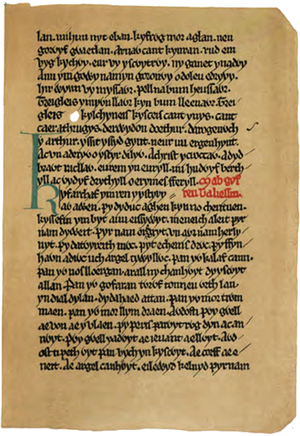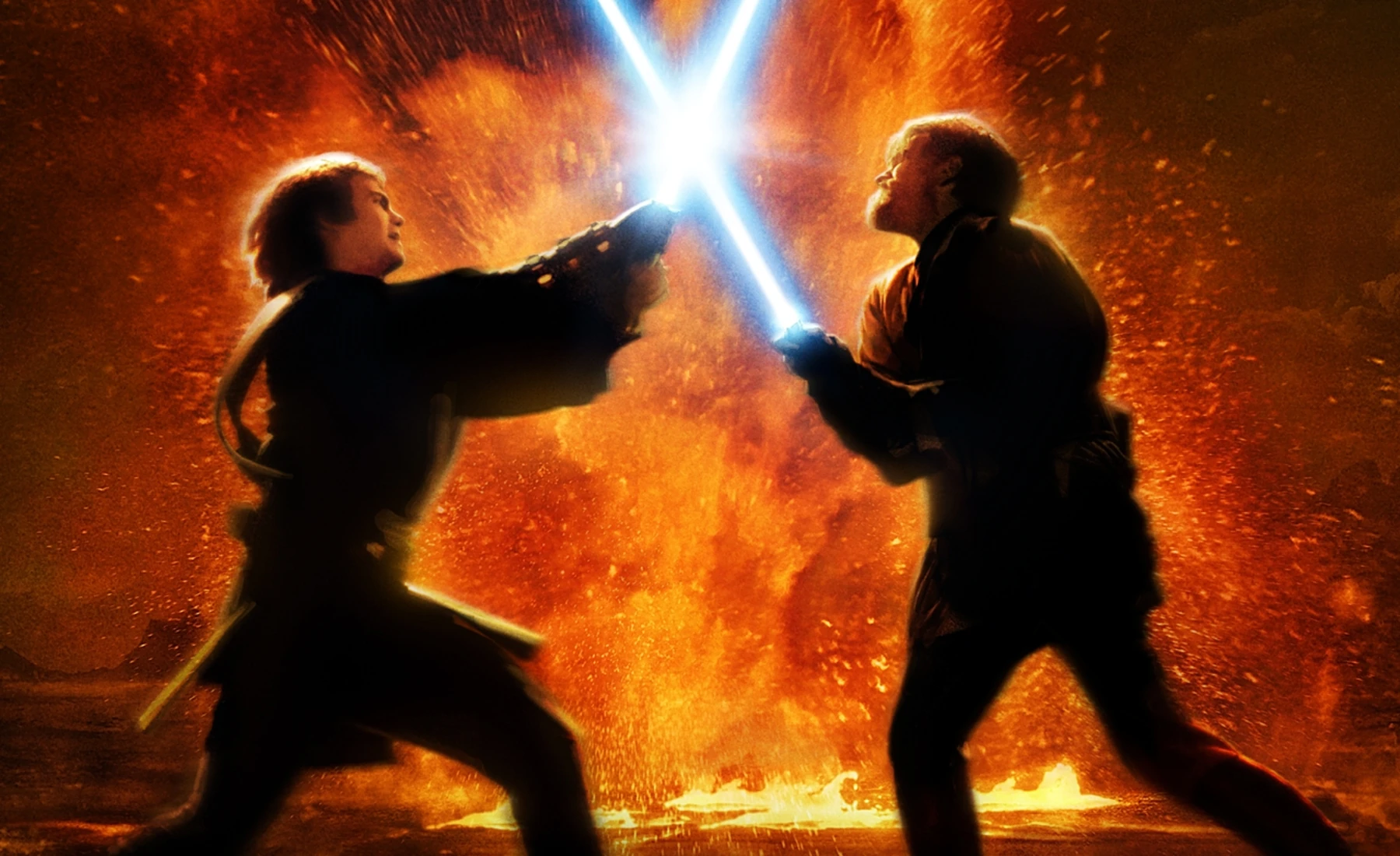Richard Halliburton was one of the most extravagant and exciting adventurers of the 20th century, mostly famed for his gallant exploits such as swimming the Suez Canal and crossing the Alps on an elephant to imitate the famous general Hannibal. However, in 1935 he was in Tbilisi, the Soviet Republic of Georgia and it was here he heard a very strange tale.
Locals told him of how in 1915, in the middle of World War 1, citizens of Tbilisi were in awe one morning when warriors mounted upon horses, dressed like they were straight out of the Crusades,wearing rusty chain armour and carrying shields and broadswords, appeared and pledged their service to the Tsar, as they heard there was a war on. These were Khevsurs, a group of Georgian highlanders now from the region of Khevsureti.
Georgia is a diverse country full of languages and dialects and varying traditions. However, a mythos has developed that the Khevsurs, a group of Georgian Highlanders cut off by ice and snow for 9 months a year, are descended from Medieval Crusaders. This hypothesis was developed by locals who believed their ancestors were cut off from a larger crusading army and became stranded in the area, but also by the aforementioned Richard Halliburton and the Russian servicemen and also ethnographer Arnold Zisserman and is based on on observations that they gathered when they visited Georgia, but also a belief amongst the Khevsurs themselves that they hold this ancestry.
However,the traditional narrative is a far-cry from this hypothesis. Several Georgian, Greek and Roman sources mention the Khevsurs long before the crusading age. The religion of the Khevsureti is a unique mixture of Georgian Orthodoxy Christianity and pre-Christian paganism and although this would not rule out the crusader theory, it certainly seems likely the pagan element is retained from before the conversion of Mirian II of Iberia (a significant Kartvelian kingdom). Regardless, there has been enough evidence to create a theory.
Locals told him of how in 1915, in the middle of World War 1, citizens of Tbilisi were in awe one morning when warriors mounted upon horses, dressed like they were straight out of the Crusades,wearing rusty chain armour and carrying shields and broadswords, appeared and pledged their service to the Tsar, as they heard there was a war on. These were Khevsurs, a group of Georgian highlanders now from the region of Khevsureti.
Georgia is a diverse country full of languages and dialects and varying traditions. However, a mythos has developed that the Khevsurs, a group of Georgian Highlanders cut off by ice and snow for 9 months a year, are descended from Medieval Crusaders. This hypothesis was developed by locals who believed their ancestors were cut off from a larger crusading army and became stranded in the area, but also by the aforementioned Richard Halliburton and the Russian servicemen and also ethnographer Arnold Zisserman and is based on on observations that they gathered when they visited Georgia, but also a belief amongst the Khevsurs themselves that they hold this ancestry.
However,the traditional narrative is a far-cry from this hypothesis. Several Georgian, Greek and Roman sources mention the Khevsurs long before the crusading age. The religion of the Khevsureti is a unique mixture of Georgian Orthodoxy Christianity and pre-Christian paganism and although this would not rule out the crusader theory, it certainly seems likely the pagan element is retained from before the conversion of Mirian II of Iberia (a significant Kartvelian kingdom). Regardless, there has been enough evidence to create a theory.
Arnold Zisserman spent 25 years in the Caucasus (1842-67) and during his time there the Khevsurs were still under constant threat from the North Caucasus and most still had to live in Medieval fortress-villages. The Russian Empire who controlled Georgia at this point had been fighting the Muslim tribes in the North Caucasus for almost half a century by Zisserman's visit, most famously under the leadership of the Caucasian Avar Imam Shamil. Indeed, a major task for the Khevsurs was defending their northern border, as well as the protection and strengthening of their own folk version of Christianity. They were trusted as royal bodyguards and warriors against multiple foes. Khevsureti also worshipped flags-crosses and considered themselves permanent members of the army of the sacred flags.
The mythology of the Khevsureti is also symbiotic with their holy war ideology. The myths, or testaments as the locals call them, are oral histories of military movements undertook under the holy flags-crosses. Their mythology also takes into account apparent wars between heroes sometimes known as Sons of God and the role of combat in the conversion and Georgianisation of the pagan highlanders of the Central Caucasus. Fundamentally, it portrays the pivotal war the idea of 'Holy War' takes place in their mythology.
It is also debatable whether the Khevsurs 'post-conversion' were still pagan or not, even though they retained elements of their folklore. The Eastern Orthodox Church seems the post-conversion ceremonies carried out by the Khevsurs as 'pagan'. These ceremonies led by self-made priests styled crusaders are peace-pilgrimages. They involve tracing the routes of their ancestors' military campaigns and when they come upon a site of a historic victory, which are marked by small prayer-towers, they participate in replications of battles and the taking of these towers from enemies. Ritual combat tournaments and horse races are held on the steep rocky hills.
These ideas and concepts were possibly built during the 11th-13th centuries due to the effect of the Georgian monarchy. At this time the monarchy was pro-crusade and its culture heavily involved Christianity. Religion was seen as a fundamental part of Georgian state-building.The Georgians were indeed affected by the arrival of the Crusaders, it provided some relief and most modern scholars accept that their could have been limited settlement of the men arriving from the West in the area, as they are mentioned in manuscripts describing battles between Georgians and Muslims. The Battle of Didgori against the declining Seljuk Empire featured 100-200 Franks. The Georgian state faced several Mongol invasions in the 1230's and it began to gradually weaken until it completely collapsed into several fragmented territories in 1466. Nevertheless, the Khevsurs were intrinsically linked with the fate and policy of the Georgian state.
Above the Georgian state at its height in the 13th century (top) and the various territories post-dissolution (bottom).
The most obvious possible connection to the Crusaders is the clothing of the Khevsurs, which Richard Halliburton acutely describes. Upon his visit he was surprised to finds out that the Khevsurs were not wearing their iconic armour, but rather it was hung up in every home beside the aforementioned sword and gun. Halliburton writes 'Each mesh coat is formed of some twenty thousand tiny iron rings and goes on like a night shirt. The sleeves are short, but mesh gauntlets cover the forearms. With each suit goes a bag-like chain helmet with a hole cut for the face.' and 'A flap folds over,so that the entire head can be protected.For the shins there are likewise mesh greaves. Consequently when completely arrayed, the only parts of the body vulnerable are the knees and thighs.' Therefore, along with the photograph seen above, it is easy to see how the Khevsurs dress fits in with the traditional conception of the Crusader.
\There is also evidence in other traditions of the Khevsurs. Duelling is a popular custom and Halliburton describes 'Like their forefathers, the Crusader Knights, they have a passion for putting on their iron shirts and going at each other with broadswords.' Halliburton also notes how there was no referee-they knew the 'game' inside out- and that unlike the Medieval tournament, women did not play a major role in the event. Instead, they did not attend, but they could still retained the power to stop a duel. Halliburton notes Sundays are for duelling and getting drunk. They also had a strict system of physical training and martial art (see image below) which formed part of a larger Georgian martial art and military tradition. Once again a custom of the Khevsurs, combat as a sport, heavily links to a Western Medieval influence or heritage.
Finally, Richard Halliburton also thought he noticed several fragments of German and French in the language of the Khevsurs.
To conclude, the idea that the Khevsur highlanders descend from Medieval Crusaders is based on observation by the human, especially religious and societal customs. Although, it appears that there is some influence by the crusading movement on the Khevsureti. Their likeness seems to be influenced by the culture and policy of the Georgian state and the combination of pagan and Christian folklore, rather than significant direct colonisation. Therefore, although it may appear their is crusading heritage, there is enough evidence to suggest that the Khevsurs lived in the region long before the crusading movement and so therefore it is difficult to accept that the Khevsurs could have possibly descended from Western crusaders. So despite possible connections through language or custom, there is not enough evidence for this theory to be accepted in the main academic community.
Bibliography:
http://ejmas.com/jwma/articles/2003/jwmaart_amberger_0603.htm
http://hearstmuseum.berkeley.edu/exhibitions/photo2/photo2_intro.html
http://www.jodyandrews.net/blog/2014/4/25/the-wolf-and-the-lion-the-story-of-the-lost-crusaders
http://www.cenn.org/Magazine_1/legends.html
Image Credit goes to Wikimedia Commons and:
http://ejmas.com/jwma/articles/2003/jwmaart_amberger_0603.htm
http://www.jodyandrews.net/blog/2014/4/25/the-wolf-and-the-lion-the-story-of-the-lost-crusaders








.jpg)
